There’s been some deserved glances of suspicion at To All The Boys I’ve Loved Before for being yet another person-of-color’s romance that revolves around white people. We’ve already podded about it before (link at the end of the article). All I’ll say is that if you were upset at things like Master of None and The Big Sick because they were non-white men’s stories that favored white women over women of color, yet cheerlead To All The Boys I’ve Loved Before when it does the exact same thing except with a gender swap, then you’re a hypocrite. Please stop using socially progressive language to disguise your racial insecurities from middle school.
With that out of the way, let’s get to the point: there are creepy racial things going on in To All The Boys I’ve Loved Before (the book and the movie). I know it’ll go over the heads of most of its non-Asian audience and probably a lot of its Asian audience too, willfully or otherwise. But look carefully enough and it’s there.
For the unfamiliar, the story is about a girl named Lara Jean Covey, the middle daughter who writes love letters to her crushes (which she never sends), only to suffer the ordeal of having those letters mysteriously sent to their addressees. She is hapa, with a white father and a (deceased) Korean mother.
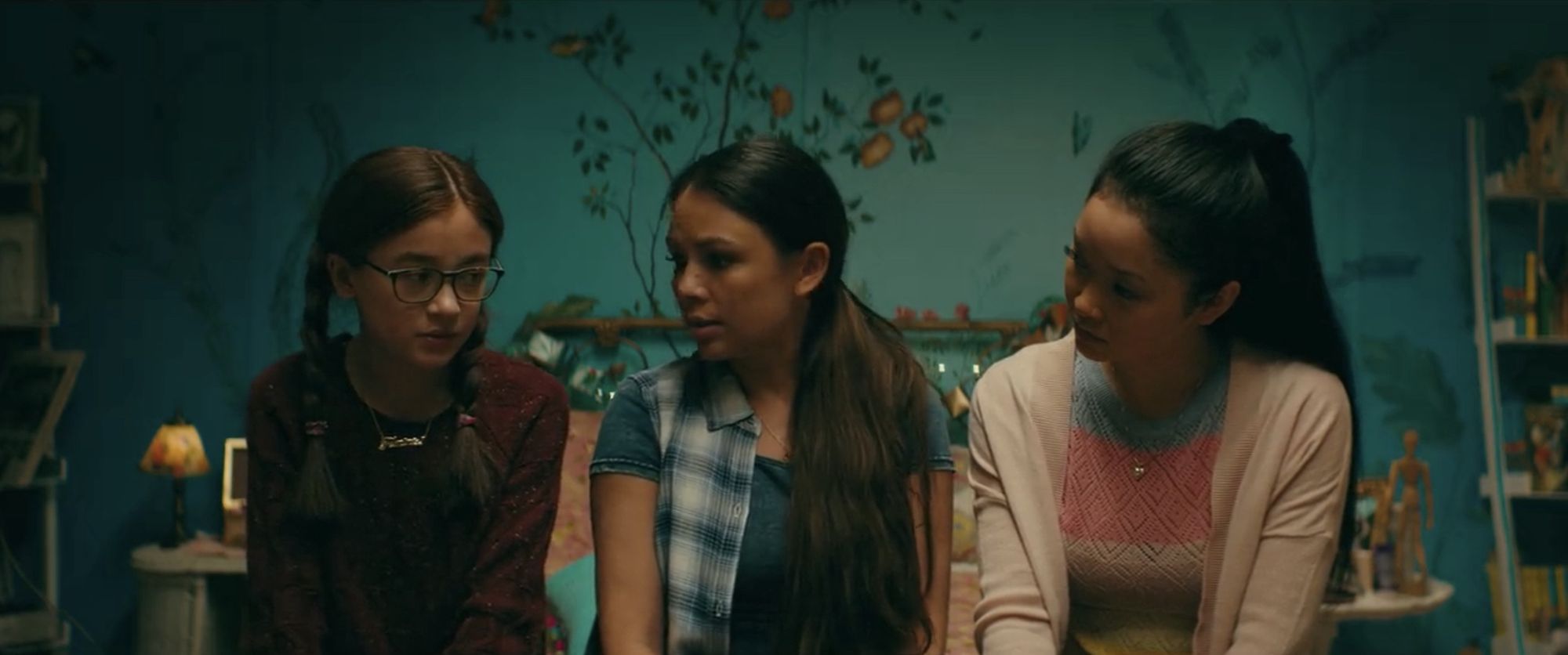
That’s where the weirdness begins. Even though Lara and her sisters are hapa, the novel essentially treats them as full Asian. The sisters refer to themselves as the Song Sisters, even though their actual last names are Covey. They do so because they say the world sees them as Asian. When the youngest sister, Kitty, draws the eldest sister Margot with a dog, Kitty says that the dog is Asian too. On Halloween, Lara Jean laments how so few popular characters are Asian. Naturally, she goes as Cho Chang.
Considering the fact that Jenny Han insisted that the lead character be full Asian (as opposed to hapa), it’s clear that Lara Jean and her sisters are, first and foremost, meant to be Asian. The casting of a full Asian actress, Lana Condor, as Lara Jean in the Netflix movie cements this notion. Curiously though, actual hapas were cast as her sisters. This is a reversal of the Asian-male dynamic in a movie like The Sun Is Also A Star, where the romantic lead is going to be played by a hapa but his (evil) sibling is full Asian. Considering how America values Asianness differently in women and men, this is predictable.
The question is… If the characters are going to identify as only Asian and the story treats them as only Asian, why write them as hapa in the first place, especially since Jenny Han herself is full Korean and has said the story is based on her own experiences? It’s not unheard of for a full Asian writer to write hapa protagonists. A notable example is in the novel The Sympathizer by Viet Thanh Nguyen. But there, the protagonist’s biracial heritage is a critical part of the story, both to the plot and as allegory. Hapa characters also feature in Everything I Never Told You by Celeste Ng because the novel explores the difficulties that arise from marriages between Asians and white people.
One could argue that writers should have the freedom to write any character they want and that a character’s race doesn’t have to be the crux of the storyline. But that doesn’t mean race should just be a throwaway characteristic. Saying that not every black movie has to be about slavery or the Civil Rights Movement does not mean that a black character should just be like a dark-skinned white person. Race matters. Hapaness should matter too.
Furthermore, To All The Boys I’ve Loved Before is indeed quite a racialized story. It just focuses almost 100% on Lara Jean’s Asianness and not her hapaness. So again, why make her hapa in the first place?
The answer may lie in the collision between societal white idealization and an ideas marketplace that rewards those, especially minorities, who accommodate that idealization.
In a college literature class analyzing fairy tales, we learned about a trope called the Heroic Fable. Actually, I’m not entirely confident that’s what it was called (TV Tropes calls it the Changeling Fantasy), but the concept went something like this: an age-old trope is of the hero who is seemingly born to ordinary parents, only to discover that he or she is actually descended from royal or supernatural lineage. It’s commonly seen in fairy tales and children’s stories because it appeals to our innate desire to transcend the ordinary.
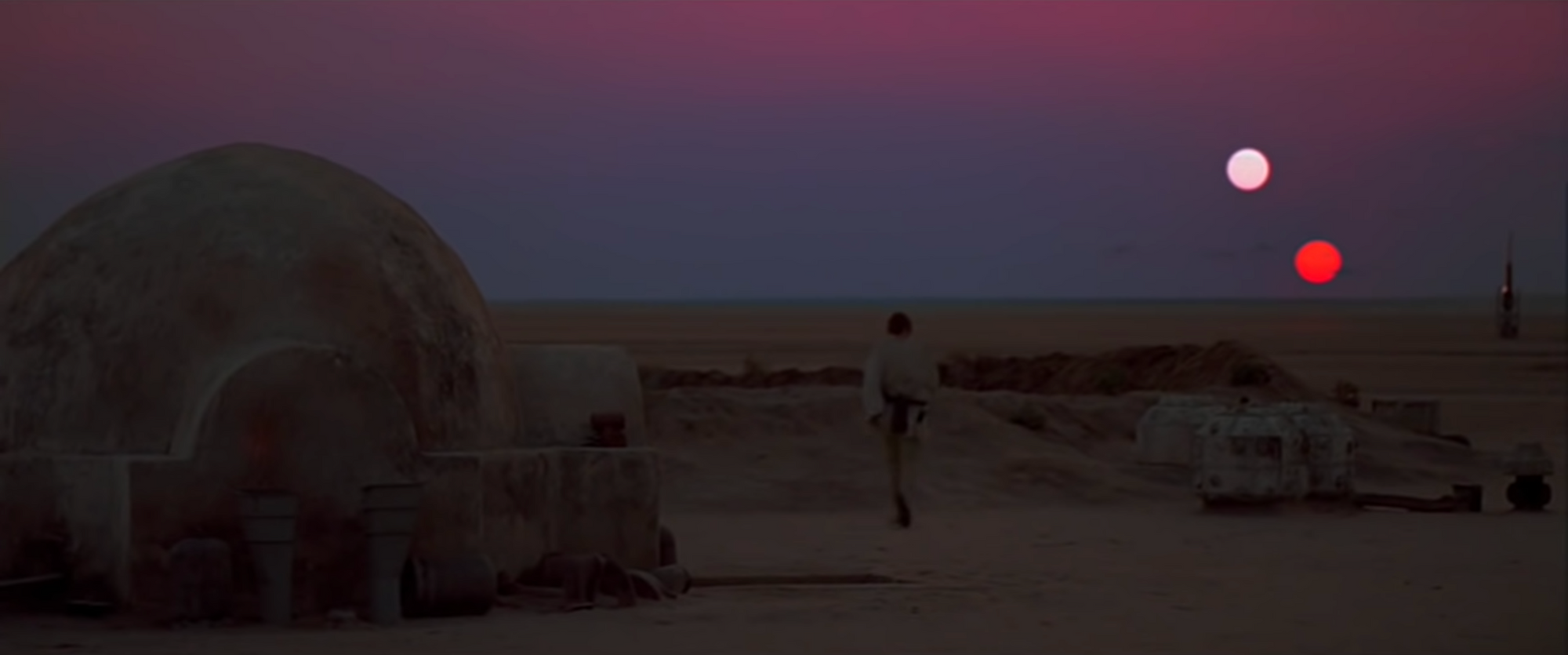
It’s a well-known phenomenon among Asian American writers that they have aversions to writing “Asian American stories” or even Asian characters, as noted by Tony Tulathimutte. I can personally attest to this because my first-ever fiction protagonists were all white. For many Asian American writers, I think there’s a process in which you gradually allow yourself more room for Asian characters, first beginning with the protagonist (because he or she represents yourself and you don’t want to exclude yourself) and then slowly radiating outward.
But what happens when that process is stunted before you can envision an all-Asian, or nearly all-Asian, world? You may end up with some racialized version of the Heroic Fable, in which you allow your Asian-descended protagonist to actually belong to a “higher” lineage. In her Buzzfeed article about feeling alienated in Paris, Jennifer Hope Choi writes about how she once wanted to write a story about an Asian girl who was adopted by white parents, though Choi herself is not an adoptee. Such narrative tendencies are not unique to her and I think a lot of Asian Americans simultaneously feel that their Asianness is what makes their stories special, but also feel burdened by the apparent limits of that Asianness. In other words, they want to be the only Asians in their story. Even having Asian parents can become constricting because that would mean having to justify the breaking of familial and cultural ties. Thus, whitening the parents avoids that whole obstacle. It’s why in general, so many stories have orphans as protagonists, so that they don’t have to deal with parental baggage.
If the Song Sisters were actually full Asian, then perhaps it’d be too difficult to ignore the inevitable clashes that would happen when the children and parents are so far apart in cultural, and even racial, aspirations. Racial escapism is easier when you don’t have to face those from whom you are seeking escape. The only relevant Asians in Lara Jean’s life are her sisters, who are just variations of herself in terms of the culture they consume, the boys they like, the futures they want, and so forth.
I get the feeling that Jenny Han wanted to create an Asian American story with an Asian American family, but felt that the only way to do so was to whiten the family, with only the deceased mother (another fairy tale trope) there to pass Asianness down to the daughters. The mother is nothing but a memory in the novel as she’s been long dead. There’s something weirdly unceremonious, almost slapstick, about the way she is killed off. Instead of having one of those cinematic cancers where sufferers become more beautiful and virtuous as they are consumed by illness, Lara Jean’s mother dies from slipping on a wet kitchen floor.
So we have this family that consists of a white man (an ob-gyn who, for some reason, sings “Baby, It’s Cold Outside” with his eldest daughter every Christmas) and three Asian girls. Not only that, but the white Boy Next Door character — Josh Sanderson — is essentially adopted as a kind of surrogate son. He dates the eldest sister and plays big brother to the youngest. Josh even loves Korean food and watches Korean dramas with Lara Jean’s grandmother.
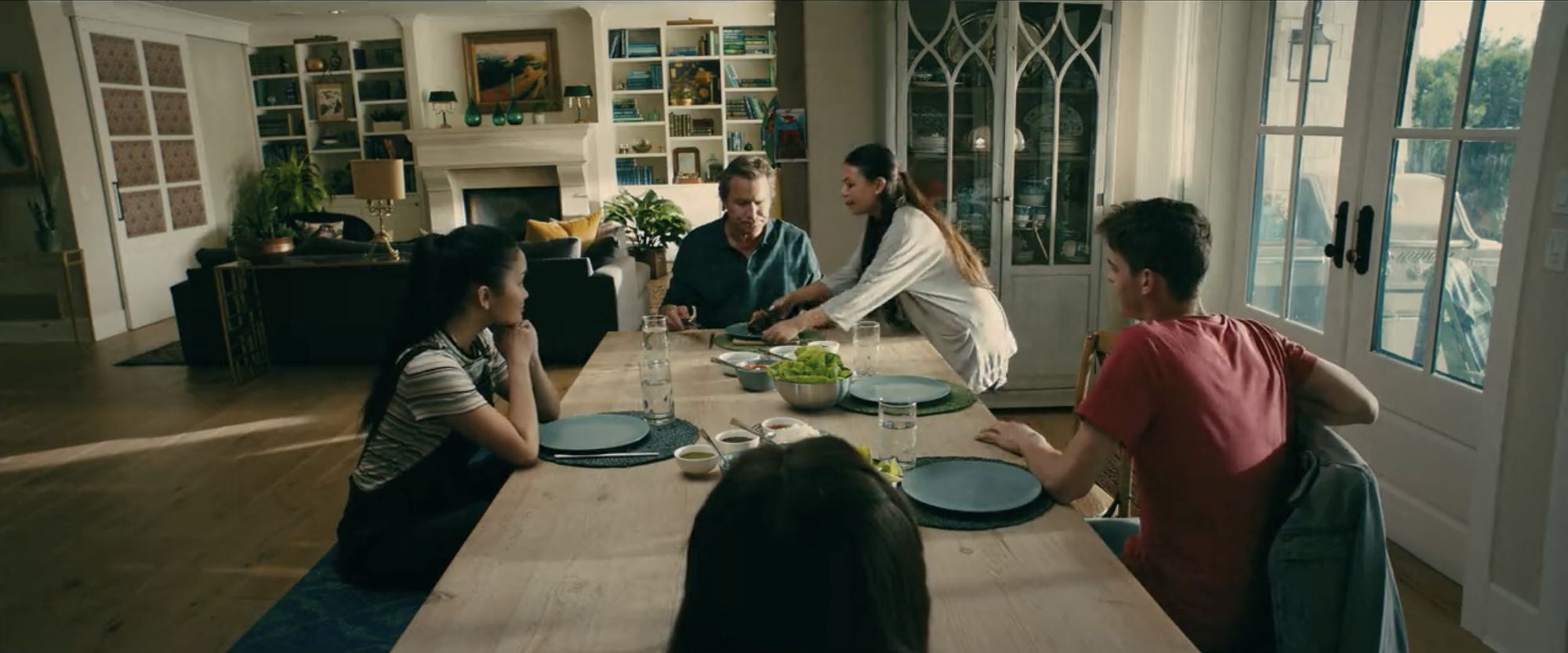
When Lara Jean’s mother was pregnant with Kitty, everyone prayed that the new child would be a girl. Add that to the mix and all this is unsettlingly reminiscent of the old Western dream of an Asia without Asian men. In this very familiar fantasy world, whiteness manifests itself as the masculine and Asianness as the feminine.
The novel’s intended Asianness can be seen in how Han infuses the story with Asian (specifically Korean) elements, like the contractual relationship. In order to make Josh jealous, Lara Jean enters into a contract relationship with Peter Kavinsky, the “Handsomest of Handsome Boys” and one of the recipients of her letters. Anyone familiar with Korean dramas knows about contractual relationships, where a man and a woman who ostensibly hate each other must nevertheless pretend to be together, usually to fool overbearing parents or to make a dastardly ex jealous. Some of the most popular examples are My Name is Kim Sam Soon and Full House. In the trope, the fake couple always end up falling for each other, with the contract acting as a tension-providing device along the way.
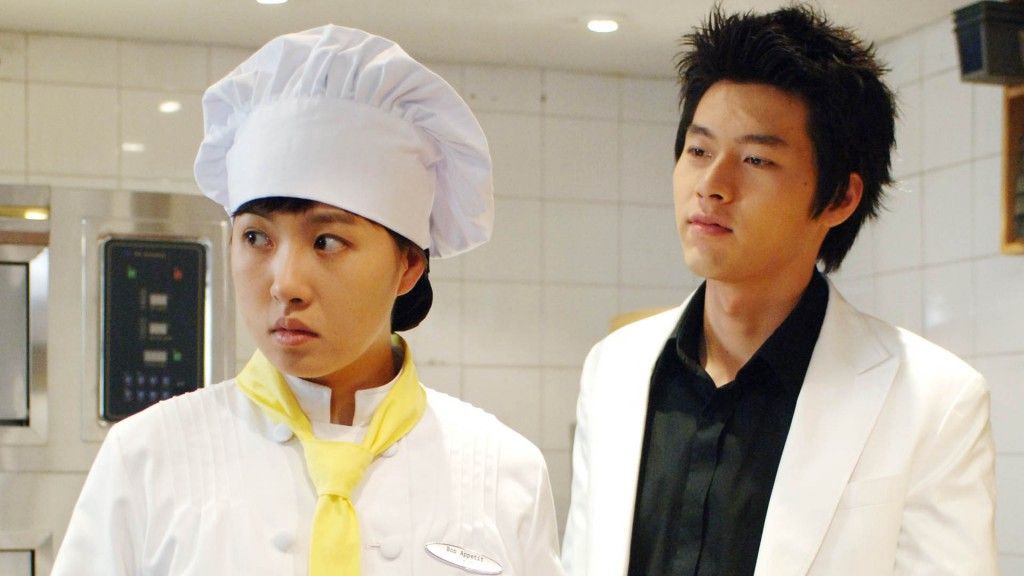
It’s also not as if To All The Boys I’ve Loved Before exists in a 100% white setting. The family goes to Korean supermarkets and restaurants. Their piano teacher is Korean. Lara Jean, long time ago, even had a crush on a Korean boy named Edward Kim, though he only gets one sentence and certainly no letter. So through plot tropes and the peripheries of the setting, we know that Asianness does indeed exist in this world; it’s just that these manifestations of it must be kept on the margins.
One could argue that the book is not meant to be serious and is just escapist fantasy. But what kind of twisted fantasy is that, where an Asian American writer who wants to write an aspirational semi-autobiographical story feels compelled to make her father white, kill off her Korean mother, and chase after white boys?
While the novel’s fishy racial tropes are more deeply buried and complex, the movie peddles in more conventional ones. There’s a jarring scene added into the movie that wasn’t in the book, which was admirably noted by Inkoo Kang of Slate. Lara Jean and Kitty are watching Sixteen Candles with Peter. It’s a scene of Long Duk Dong humiliating himself. Peter, of all people, points out how racist the scene is. The girls acknowledge the racism but give it a pass because the Jake Ryan character is hot. So what we end up seeing are two Asian girls excusing the racial clowning of an Asian man because what they really care about is the handsome white man. (Update: Jake Ryan is also a date-rape enthusiast, so add another exhibit to the “This movie’s gonna age horribly” case file).
The movie further devolves into racial retrograde mode by making Lucas (one Lara Jean’s crush who turns out to be gay) black. It’s an old trick, to feign progressiveness by making sure the minority male characters are gay as to not be straight white males’ sexual competition. Thus, the “optimal” diversity model is established: the white male as the straight virile ideal, the minority female as the one obsessed with the white male, and the minority male as the supporting cast that doesn’t challenge the white male’s sexual primacy.
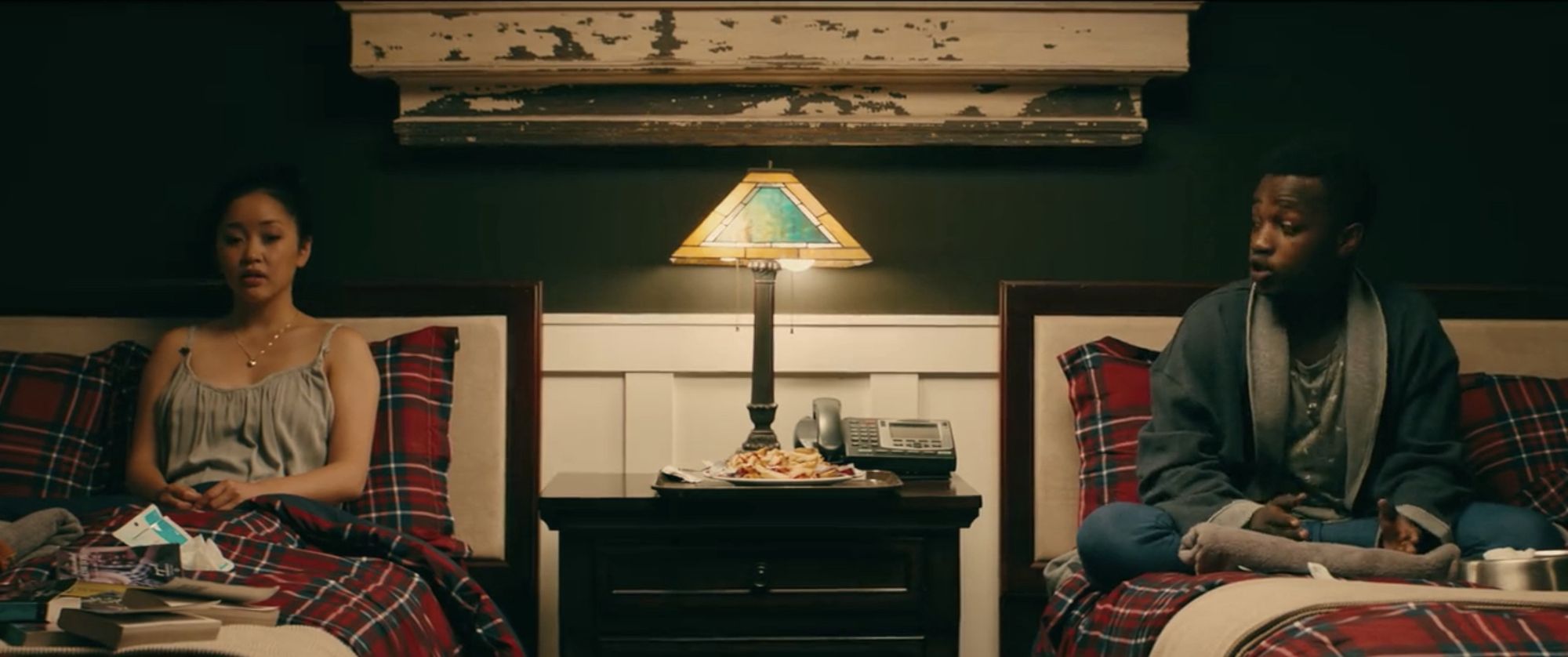
The word “neoliberal” gets thrown around too much these days, but is this what racial neoliberalism looks like? In an ideas marketplace that is very laissez-faire regarding white idealization, racial and cultural identities are commodified into sellable products that can be stripped away from the people. What’s paramount is what is marketable. With Asians, what’s deemed widely marketable are usually food and women. Therefore, a story like To All The Boys I’ve Loved Before is proclaimed a triumph for Asians because it’s harvested the bare minimum of the most profitable aspects of Asianness. Never mind that entire swaths of the culture and people have been completely erased. Too bad, their share price in the racial stock exchange just isn’t high enough.
To All The Boys I’ve Loved Before is being heralded in some corners as a breakthrough in representation, but the type of representation it advocates is the safest and most conservative version of representation in which desire for white acceptance is lauded as progressive idealism. Compared to something like Crazy Rich Asians that refreshingly and generously celebrates Asianness, To All The Boys I’ve Loved Before feels like a small-minded suburban assimilationist fantasy from the Dubya Era. It’s the fetishization of inclusion, not equality. And who is given that power of bestowing and denying inclusion? White people, especially white liberals. Truly egalitarian representation would do more than just race-swap the protagonist in what is still a very white story.
How would a gender-swapped version of this narrative have been received? Would a story by an Asian man about an Asian boy pining after five white girls have been well-received? How about a black boy instead of an Asian boy? We already saw the backlash that South Asian male creators got for glorifying white women too much. So what’s this really about? Is this really about fair representation or is this more about people of color wanting to live out their own dreams of an idealized white partner while making sure men/women of their own race stay put? If so, that’s just instinctual racial mate-guarding than anything bravely progressive.
As media representation actually begins to diversify more, we will be seeing more of this selfishness and hypocrisy exposed. And it needs to be noticed and discussed, every time. “Diversity,” especially when it’s steeped in racial creepiness, should never be a thought-terminating shield.
Follow Chris on Twitter: @JesuInToast

Comments powered by Talkyard.